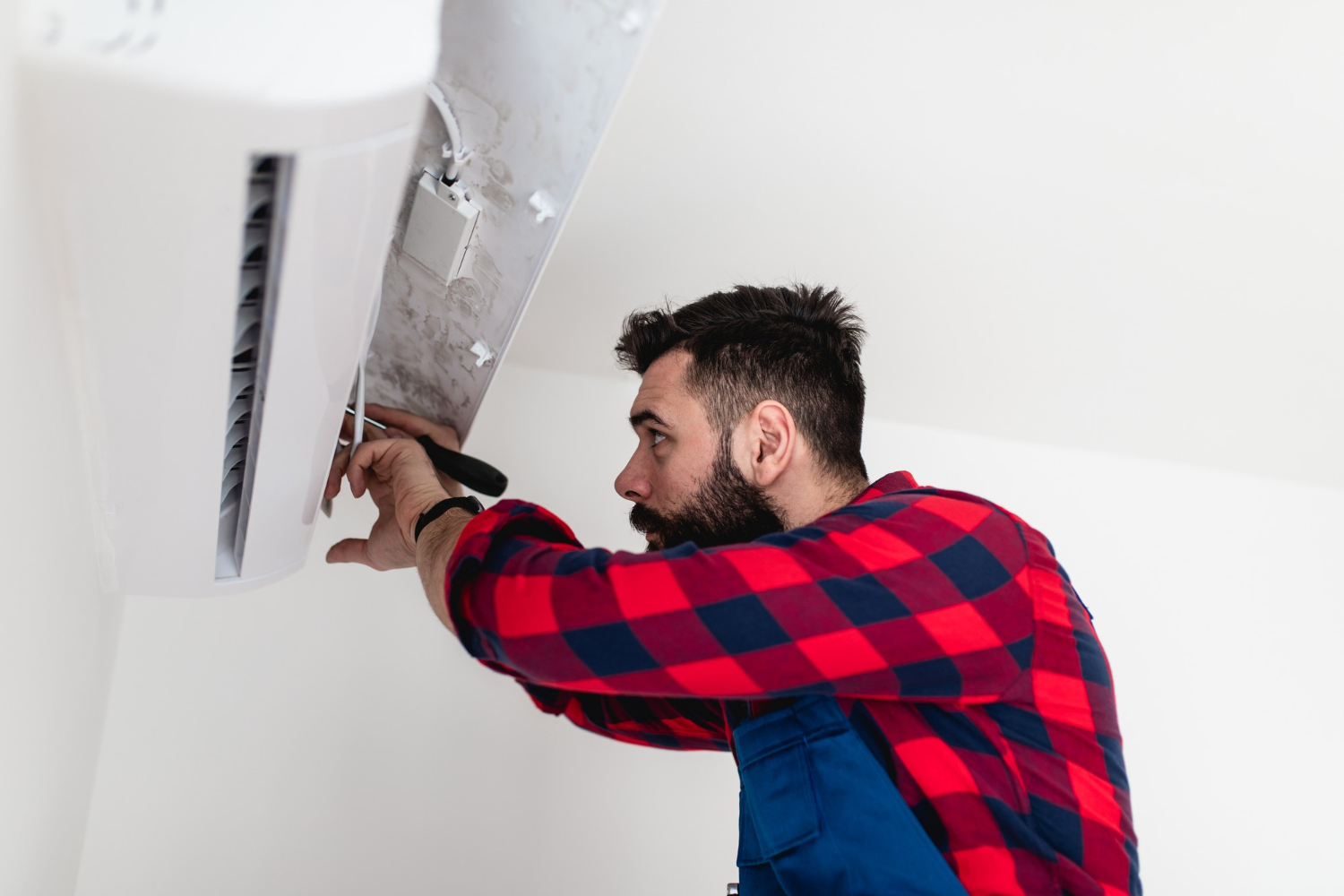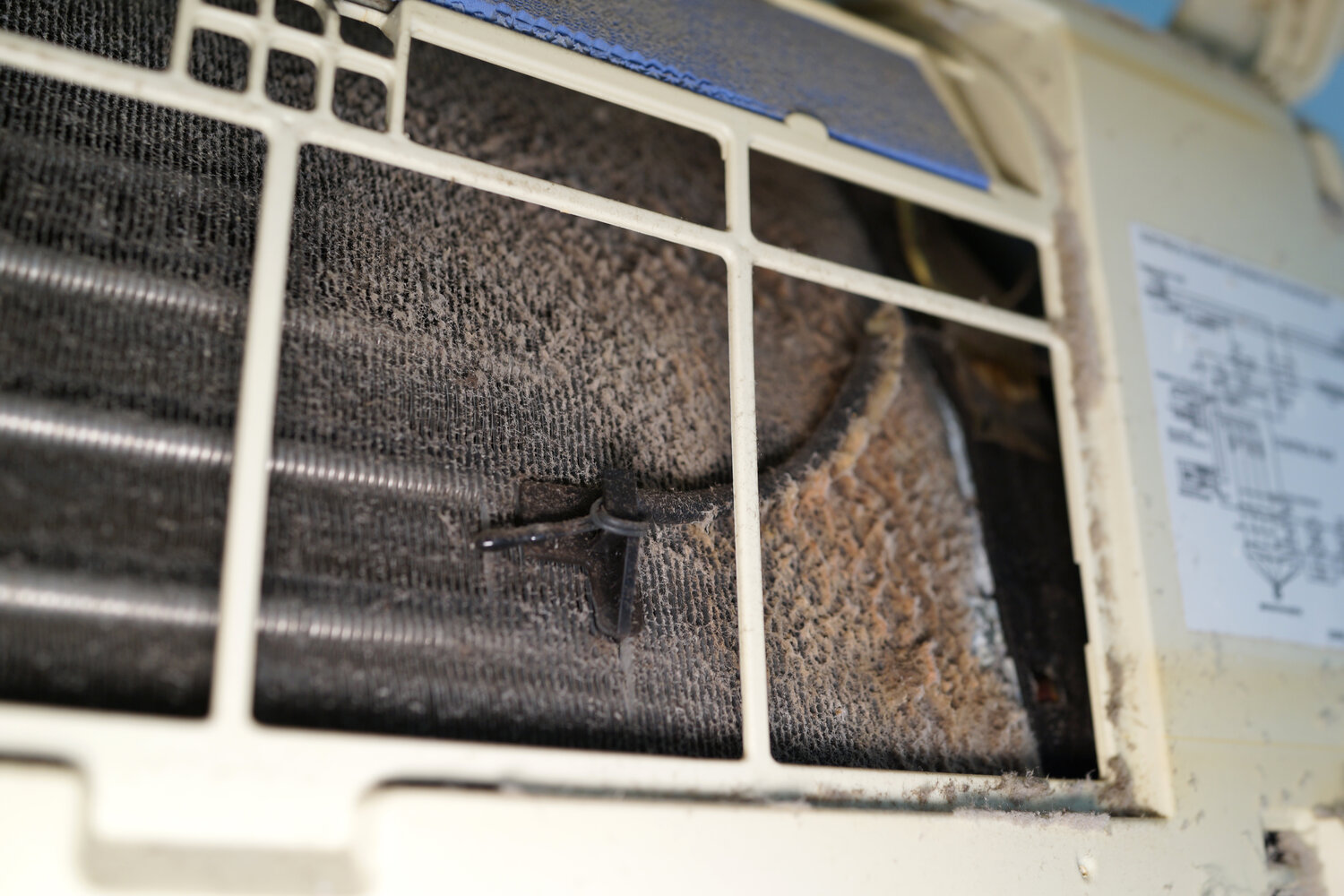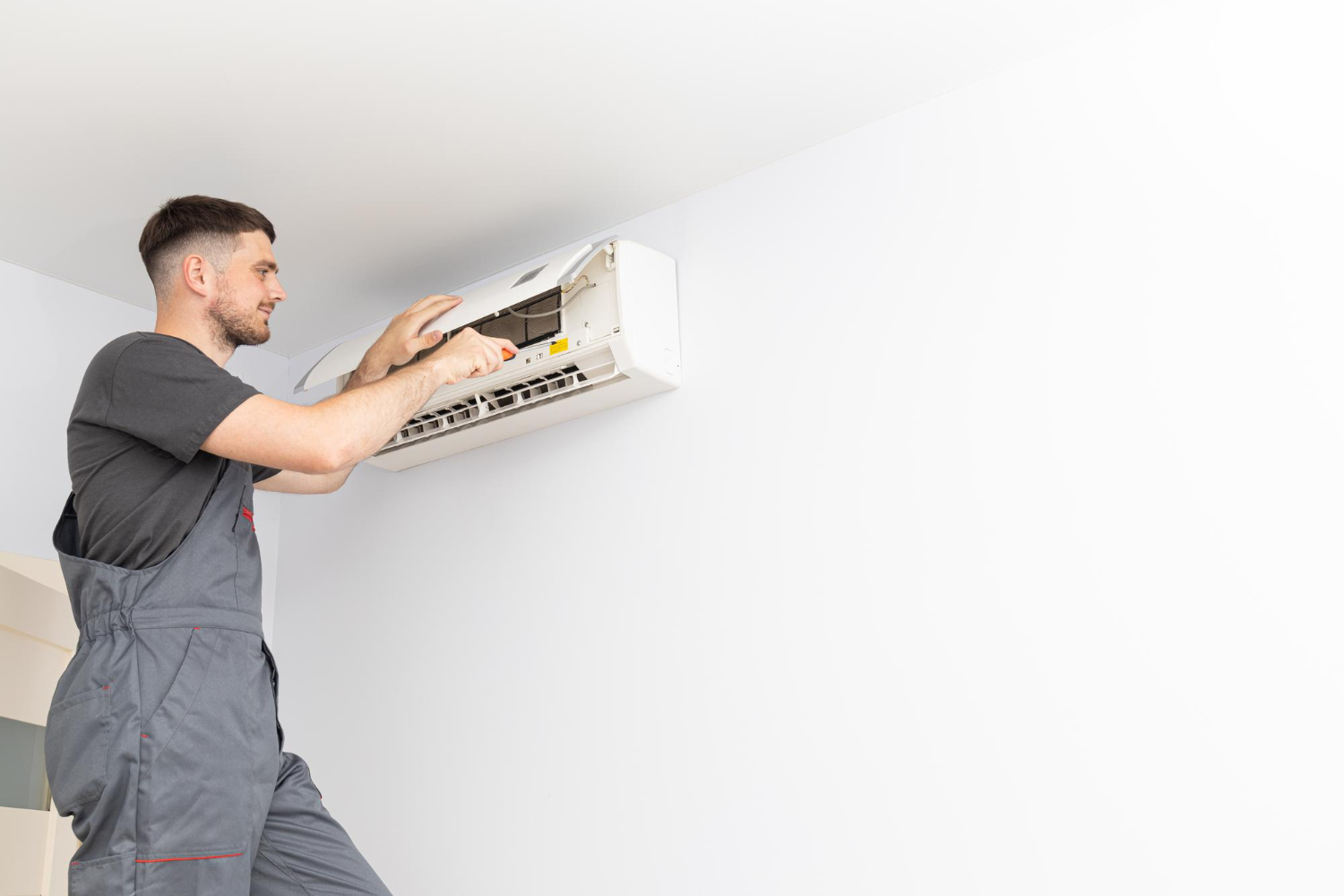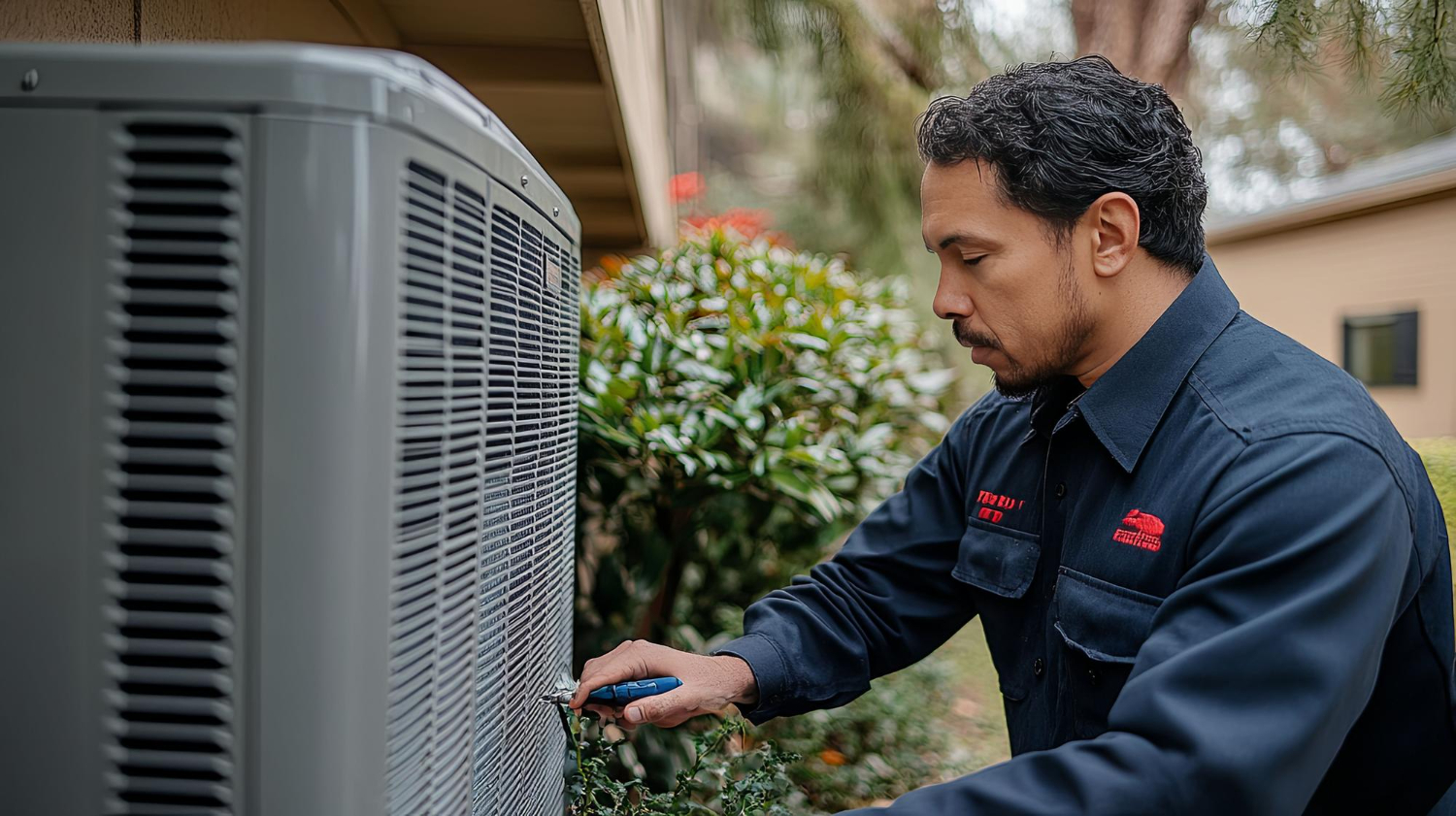Uneven cooling is one of the most common problems homeowners run into during Edmonton’s summer months. You’re relying on your AC every day, but some rooms feel like a fridge while others remain warm and stuffy. This is not just a comfort issue. Over time, it can also affect your energy bill and lead to unnecessary wear on your AC unit. Many households notice this problem when temperatures rise quickly outdoors, and their home cooling system struggles to keep up or push air evenly across different areas.
When upstairs bedrooms are warmer or the basement feels overly cold, it’s a signal that something isn’t right. Left alone, uneven cooling can also shorten your AC system’s performance lifespan. Whether it is a blocked duct or a small setting problem, fixing the issue can help you avoid wasted energy and discomfort. This article explores what you can do to pinpoint the cause, what you can safely take a look at yourself, and when it is best to involve our professionals.
Identifying the Symptoms of Uneven Cooling
Spotting the signs of uneven cooling starts with how each room feels during the hottest part of the day. If your thermostat says 22°C but the bedroom still feels warm and damp, or your child’s playroom is much cooler than the living room, uneven distribution is likely the issue. It is not always easy to catch at first, especially if you have just moved into a new home or have not used your AC that much.
Here are a few common ways uneven cooling shows up:
– One or more rooms remain hot or uncomfortable while others are too cold
– You constantly adjust the thermostat but never feel evenly cooled throughout the house
– There is weak airflow coming from certain vents, even when the system is running
– The temperature reading from the thermostat does not reflect how the home feels, especially in farther rooms
– Some areas near sun-exposed walls stay much warmer than interior spaces, even with the AC running full time
In many Edmonton homes, uneven cooling becomes most noticeable in multi-level houses, particularly on second floors where warm air naturally rises. If your upstairs office becomes too hot to work in every afternoon, but the basement feels like a freezer, there may be something blocking airflow or causing your system to cool some areas more than others. That imbalance puts extra load on your equipment and cuts into both comfort and efficiency.
Common Causes of Uneven Cooling
When trying to track down the source of uneven cooling, several potential problems may be at play. Some are mechanical, some are system design issues, and others come down to maintenance.
The most frequent causes include:
1. Blocked or Closed Vents
Furniture, boxes, or curtains placed in front of vents can prevent air from flowing properly, especially in smaller rooms. In some cases, a closed vent could be forgotten or blocked without notice.
2. Dirty Air Filters
When filters clog up with dust, airflow is restricted across the entire system. This usually shows up in reduced air movement in the rooms farthest from the AC unit.
3. Improper Unit Size
A unit that is too small will struggle to reach the farthest points of a home. A unit that is too large may cool too quickly and shut off before air has been evenly distributed.
4. Poor Duct Design or Leaks
Leaky ducts or long duct runs without proper sealing can reduce airflow to specific areas, especially the upstairs rooms or those at the end of the duct line.
5. Insulation Gaps
Poor insulation or gaps in exterior-facing walls, especially in older Edmonton homes, can let hot air in, making those rooms feel warmer even when the AC is active.
If your AC system used to cool your home evenly and now it does not, it may be a new blockage or a duct separation forming somewhere. Uneven results during hot spells point to either reduced airflow or a mismatch between what your system can push out and what the house now requires.
These types of issues often need professional inspection, especially if the source of the problem is not easy to isolate. But before you make that call, there are a few checks you can try that might help narrow things down.
DIY Checks Before Calling Professionals
Before reaching for the phone, there are a few things you can check around your home that might help correct uneven cooling. These do not require any tools or technical experience and might solve the problem if caught early.
Here is what to look into:
– Vents and Registers: Walk through your home and make sure all supply vents are fully open and unblocked. Move furniture, rugs, or curtains that may be blocking air from entering the room. Restricted airflow from these vents can starve one part of your home of cool air.
– Air Filters: Dirty filters are one of the most common reasons for poor airflow. Even if your system worked fine the previous season, filters can get clogged quickly over time. Check the returns, and if the filters are dark or dusty, a replacement may be overdue.
– Thermostat Settings: Double-check that your thermostat is set to auto and not on for the fan. The auto setting allows the system to circulate air based on temperature rather than just running the fan nonstop, which can sometimes worsen uneven cooling.
– Ductwork Viewpoints: In spaces like the attic or basement where ductwork is exposed, look for visible separations, crushed sections, or disconnected pieces. While you should not attempt repairs yourself, noticing the issue can help focus the diagnosis when calling our professionals.
These simple checks might help but will not fix deeper problems, especially if the system itself is aging, has design flaws, or needs rebalancing. If nothing above improves the airflow difference, it is time for expert help.
When to Call Our Professionals
Uneven cooling that continues after simple home checks usually means the issue lies deeper within the system. That may include internal duct damage, incorrectly balanced airflow, a failing blower motor, or controls that are not working properly. These parts require verified testing equipment and a solid understanding of HVAC systems for proper repairs.
Call our professionals if you notice any of the following:
– Uneven temperatures persist even if filters are clean and vents are open
– Rooms far from your furnace or AC unit stay uncomfortable throughout the day
– Changes in your energy bill without a change in usage
– Loud or strange noises from your vents or AC unit
– The unit cycles on and off too quickly without evening out temperatures
Our technicians will inspect your whole system, from airflow and duct pressure to mechanical parts and layout. They can spot blockages in hidden ductwork, test your refrigerant lines, and make sure your system is properly balanced to serve every part of the house. In many older homes across Edmonton, equipment upgrades or zone adjustments go a long way in solving ongoing uneven cooling.
Maintenance is not just for preventing breakdowns during hot summer months but also helps your home feel the way it should every day. If your home is newer and still having this issue, our professionals can help identify builder-specific design flaws and offer long-term solutions that do not harm the structure of your home or overload your AC unit.
Ensuring Even Cooling Throughout Your Home
Fixing uneven cooling starts with knowing what to look for. Sometimes, it is as simple as replacing a clogged filter or moving furniture away from vents. Other times, there is more happening inside your ductwork or mechanical system that only a professional technician can resolve. What matters is responding early before the warm and cold spots become more than an annoyance.
Edmonton homes have unique layouts and climate demands that make balanced cooling more difficult if a system is not sized or maintained properly. Regular maintenance goes a long way in preventing uneven cooling, as does keeping an eye on airflow changes and thermostat performance. If you have tried small adjustments and the comfort just is not improving, a qualified technician will bring clarity and long-term results to the issue.
If uneven cooling continues to affect your comfort, you may benefit from professional air conditioner repair in Edmonton to restore consistent airflow and temperature throughout your home. Mobil Heating & Air Conditioning Inc. has the experience to identify and fix underlying issues, helping you enjoy balanced cooling all summer long. For a quick estimate or to book a service visit, please contact us today.










